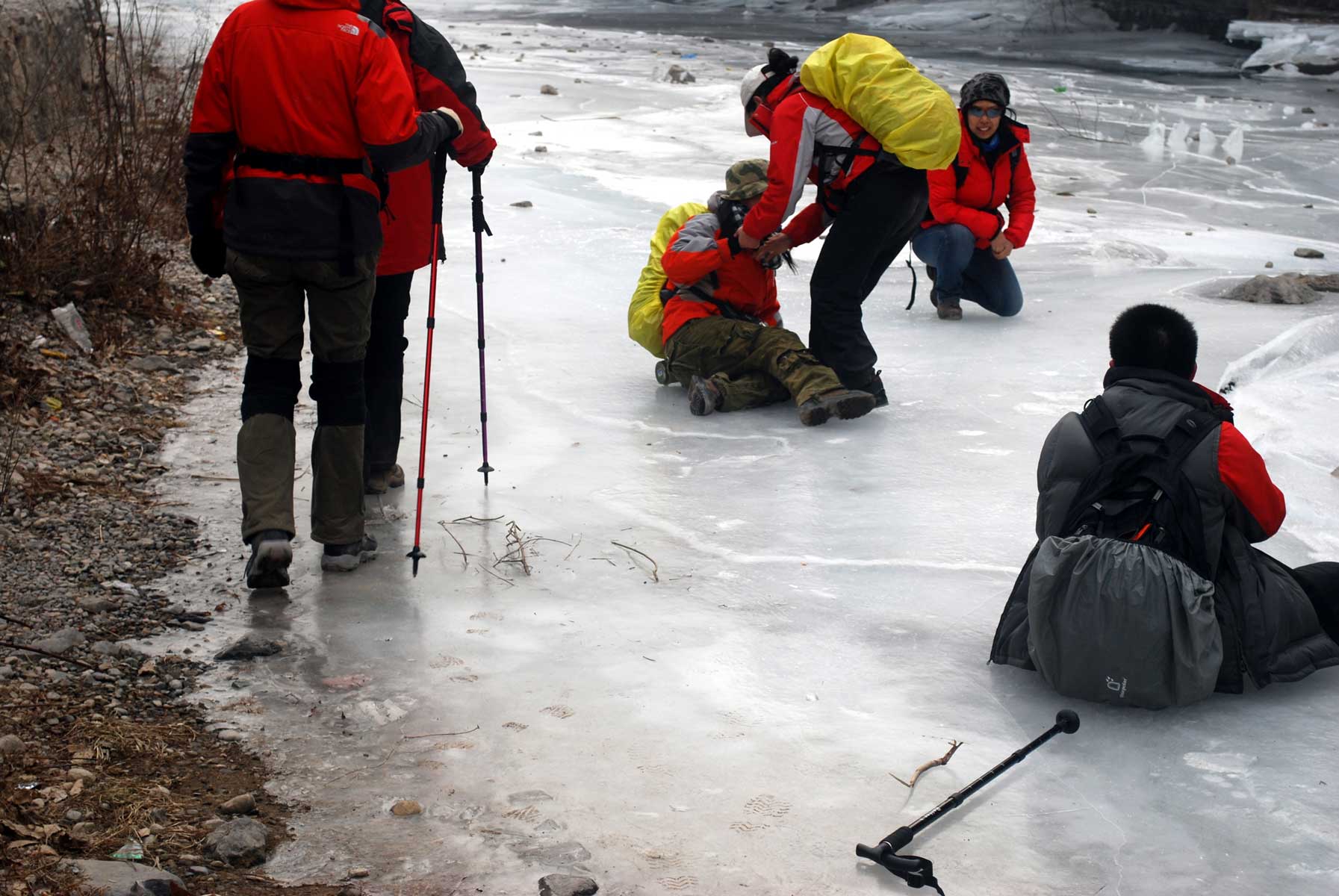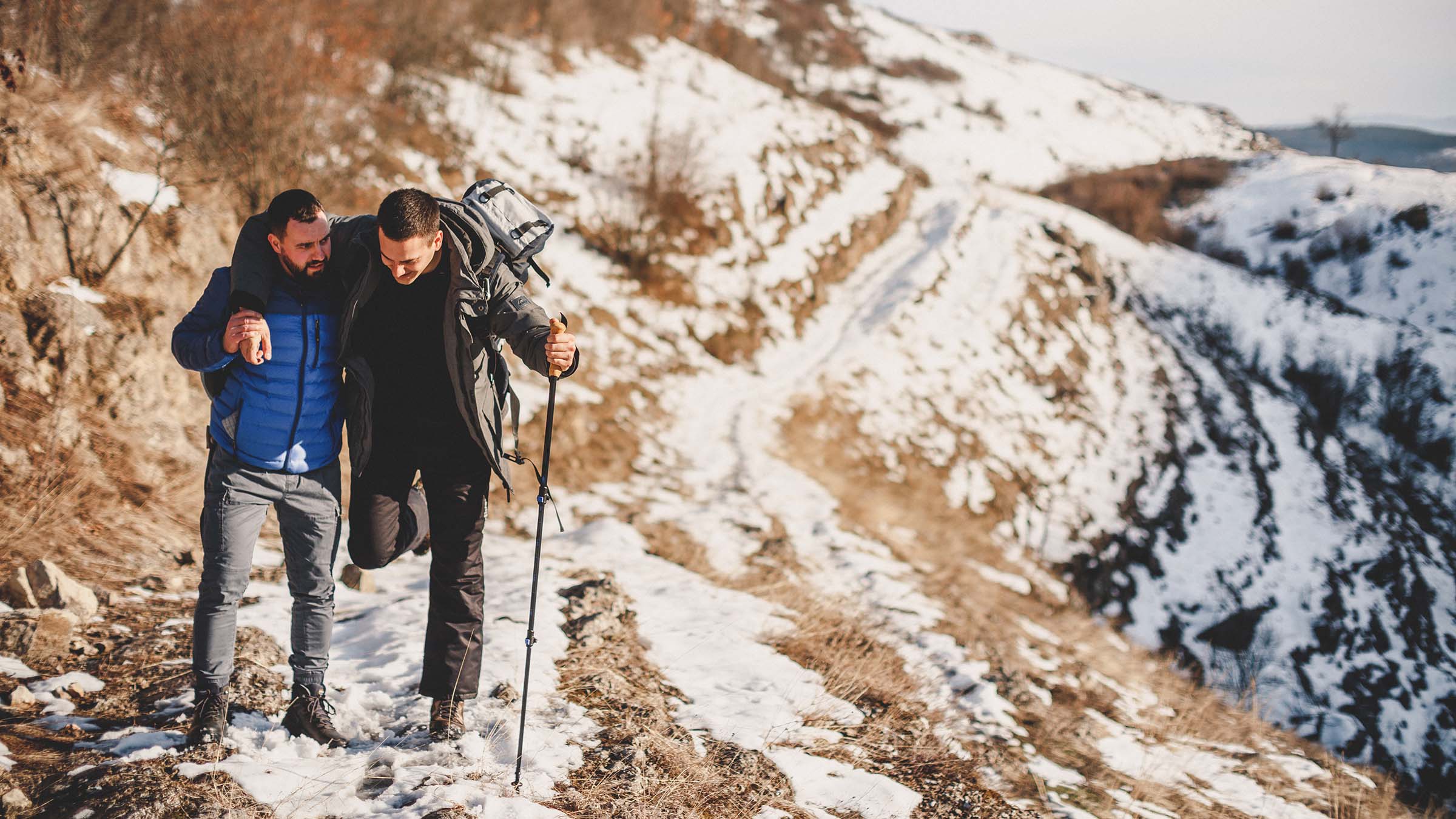Of all the skills a hiker or backpacker might need, perhaps the most important one is knowing when to turn around and go home. While we may often link quitting with failure, hikers exhibit maturity and responsibility when they recognize and respond appropriately to factors like insufficient resources, inclement weather, and their own limitations.
In the unpredictable world of adventurous hiking, knowing why, when, and how to turn back on a hike isn’t just a skill—it’s a survival strategy. In this guide, we’ll discuss how to avoid needing to quit on a hike, as well as ten reasons to consider turning back early.
How to Avoid Needing to Bail on a Hike
Preparation is key to preventing the need to turn back. Here’s what you should do before heading out on your adventure:
- Pack the Ten Essentials: Always have navigation tools, sun protection, insulation, illumination, first-aid supplies, fire starters, repair tools, nutrition, hydration, and emergency shelter.
- Prepare Physically: Train for your hike, focusing on both cardiovascular fitness and strength. Read guides like “How to Train for Hiking” and “How to Train for Backpacking” for specific advice.
- Plan Your Route Thoroughly: Use both standard and topographical maps. Learn how to read topo maps and use a GPS and compass effectively.
- Research Terrain and Conditions: Understand the specific challenges of your route.
- Check Weather Forecasts: Look at forecasts for both the base and the summit. Sudden weather changes can significantly impact your hike.
- Verify Access to Safe Drinking Water: Plan how to treat and store water. Read “Hydration Basics” for more information on water quantities, sources, and purification methods.
- Pack Sufficient Food: Carry more food than you think you’ll need, at least one extra day’s worth. For guidance, see “Meal Planning for Ultralight Backpacking.”
- Test Your Gear: Ensure everything works, especially your first-aid kit and emergency equipment.
- Carry a Personal Locator Beacon (PLB) or Satellite Messenger: Particularly important when hiking solo. Learn about these devices in “How to Choose Between a PLB and a Satellite Messenger.”

10 Reasons to Turn Back on a Hike
Even with the best preparation, unforeseen circumstances can arise. Here are ten compelling reasons to consider turning back:
- Not Enough Food and Water: Lack of nutrition and hydration can lead to severe health issues like exhaustion and hyponatremia. Always pack extra food and ensure you have access to safe drinking water.
- Lacking Appropriate Gear: Hiking without essential gear such as layers or emergency supplies can be dangerous, especially in changing weather conditions. Forgetting items like sun protection can also cause serious problems, such as heatstroke.
- Dangerous Weather: Mountain weather is unpredictable. If you encounter sudden storms, high winds, or snow, it’s safer to turn back.
- Exhaustion: Physical fatigue can impair judgment and coordination. If you’re unusually tired or experiencing symptoms like confusion or dizziness, it’s time to turn back.
- Loss of Daylight: Hiking in the dark without proper lighting is risky. If nightfall is approaching and you don’t have a headlamp or flashlight, it’s safer to head back.
- Injury or Illness: From severe conditions like vomiting or diarrhea to seemingly minor issues like blisters, any ailment that affects your mobility or comfort is a valid reason to retreat.
- Treacherous Conditions: Hazards like flash floods, avalanche risks, or impassable trails due to recent rains necessitate turning back for safety.
- Scary or Overly Technical Terrain: If you encounter terrain that feels beyond your skill level, such as steep drops or challenging paths, it’s prudent to turn around.
- Aggressive or Dangerous Wildlife: Heed warnings about wildlife. Encounters with animals like bears or mountain lions can be dangerous, and it’s often best to retreat.
- A Gut Feeling: Trust your instincts. If something feels off, whether it’s a sense of unease or an internal warning, it’s wise to listen and turn back.

Conclusion: Embrace the Skill of Turning Back
Mastering the ability to recognize and act on the need to turn back is an advanced skill in hiking. It’s as essential as physical fitness, navigation, and gear preparation. As Claire Ramsdell, a seasoned outdoor professional, aptly observes, “Knowing when to quit can be a lifesaving skill, and it’s just as crucial to develop as fitness, navigation skills, and other priorities for hiking adventures.”
Remember, the mountains will always be there, waiting for you to return. Prioritize your safety, trust your instincts, and embrace the wisdom of knowing when to turn back. This decision could be the most important one you make on your hiking journey.









